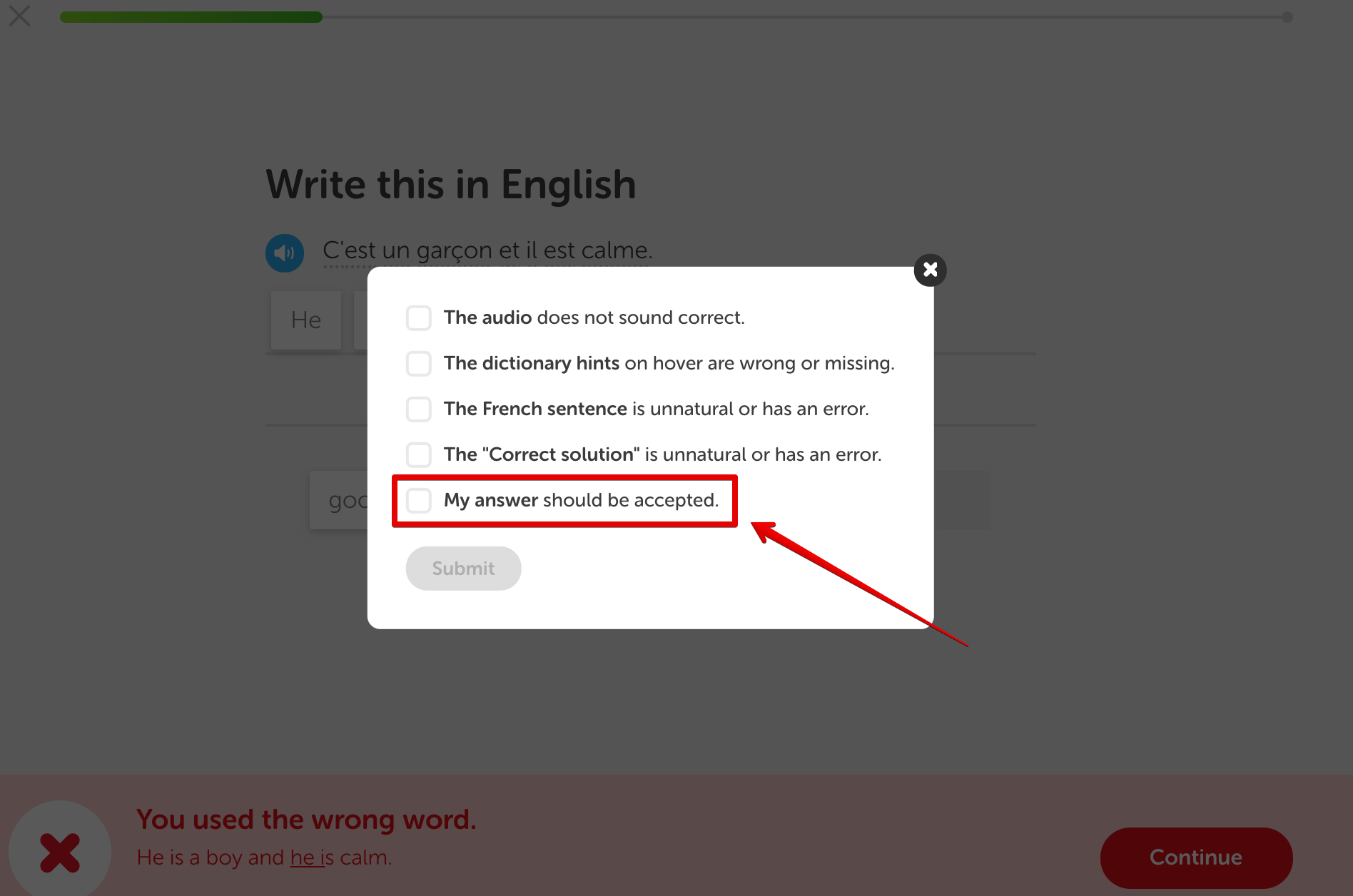English speakers usually face confusion in using prepositions like 'in' and 'on'. We use the word 'in' when we talk about a situation in which something is enclosed by something else. I too get laughed at at the incorrect usage of "in" and "on".
Even after reading the explanations above, I don't get them as they don't make sense all the time for me. Moreover, prepositions are used in the sentences to indicate a location, direction, time or sometimes, to introduce an object. Some common prepositions and their applications in the sentences are mentioned here. My daughter's teacher corrected the sentence by putting "in" instead of "on". I understand how people get confused as to when to use "into" and "in" here. There shouldn't be any confusion once you know the verb is "turn in", not "turn into"?
"Financial derivatives are becoming more widely used IN the stock market these days." Yes, this use of "in" is also correct. But these little two-letter prepositions seem to create confusion. Here are a few rules to help you understand when to use in, on, and at in a sentence. The prepositions in and on may be short, but these two-letter words often trip English speakers up.
How Do You Use On And On In A Sentence Explore the correct usage of in and on, their basic definitions and several examples of each. In this sentence 'in' is used to show the result of accident. 'In' is used when we are talking about months, years, seasons, decades and centuries. As against, 'on' is used when we are referring to days, dates and special occasions. 'In' implies a preposition, that represents a situation in which something is surrounded by something else.
Conversely, 'on' is used in the situation when something is in physical contact with the surface of another object. Prepositions are the words that join a noun, pronoun or the noun phrases and make each sentence complete. What helps you to remember the prepositions in English? Do you have any grammar tips you'd like to share? While learning all the rules and uses is important, you do not have to do so all at once.
Begin by studying this list of common prepositions and committing them to memory. Then, familiarize yourself with the rules for prepositions. Once you've learned the basics, you're ready to tackle prepositional phrases.
"The change will be reflected in tomorrow's report", is the correct answer. To know the difference between in and on, one must know about their uses first. Here, 'to', 'on', 'about', 'in' and 'at' are the prepositions.
Regarding the question, the word in denotes that the noun is consumed by the object of the preposition . The word on denotes that the noun is above or atop. It may be necessary to memorize the more common usages.
As I mentioned in the post, prepositional usage is often idiomatic and difficult to pin down. The use of prepositions in English is frequently idiomatic. General guidelines exist, but be prepared to learn individual expressions in which the preposition does not adhere to the guidelines. Still, it helps to know that English prepositions do have some rules. For describing time and place, the prepositions in, on, and at go from general to specific. Sometimes the use of in and on can be confusing, especially in context.
Use this simple chart to help you remember the difference between them. In the first sentence, 'in' is used with the name of the country, while 'on' is used to show a relation with something. In the next sentence, 'in' is used to express something closed off by something else, while on is used to show a process.
Nowadays, you'll find thinner and lighter notebooks available ON the market. You can get away with the "in." I would omit it and say My daughter will be going to college two years from now. In is also used to indicate times of the day, months, years, and seasons. The word in typically denotes location.
Each of these examples shows someone or something moving from a point outside to a point inside. The function of in as a preposition is to indicate something is inside something else or, more abstractly, to measure time. It is used when you want to indicate a position within a general space. The change will be reflected "ON" tomorrow's report.
The change will be reflected "IN" tomorrow's report. If we talk about a place, usually 'in' is used with the name of the town, city, state and country, whereas 'on' is used with street names. Financial derivatives are becoming more widely used IN the stock market these days. "turn in" is one of those verb phrases so common in English. In the case of the prepositions in and on, here are the most usual uses. Following the "general to specific" rule should help you most of the time.
Both are correct, but 'In today's episode' is more suitable. In English, though, there is always an 'exception to the rule.' When talking about transportation, things get a little hard to understand. We use on for public vehicles like buses or trains, but also for smaller ones like a bicycle.
"I rode there on my bicycle." However, you ride in a car. On is used to indicate position, usually indicating that something is on top of something else. It is also used when you want to indicate a position above or atop a space.














No comments:
Post a Comment
Note: Only a member of this blog may post a comment.